How does elevation affect accuracy when shooting an air rifle? Jamie Chandler explains the finer points of taking elevated shots
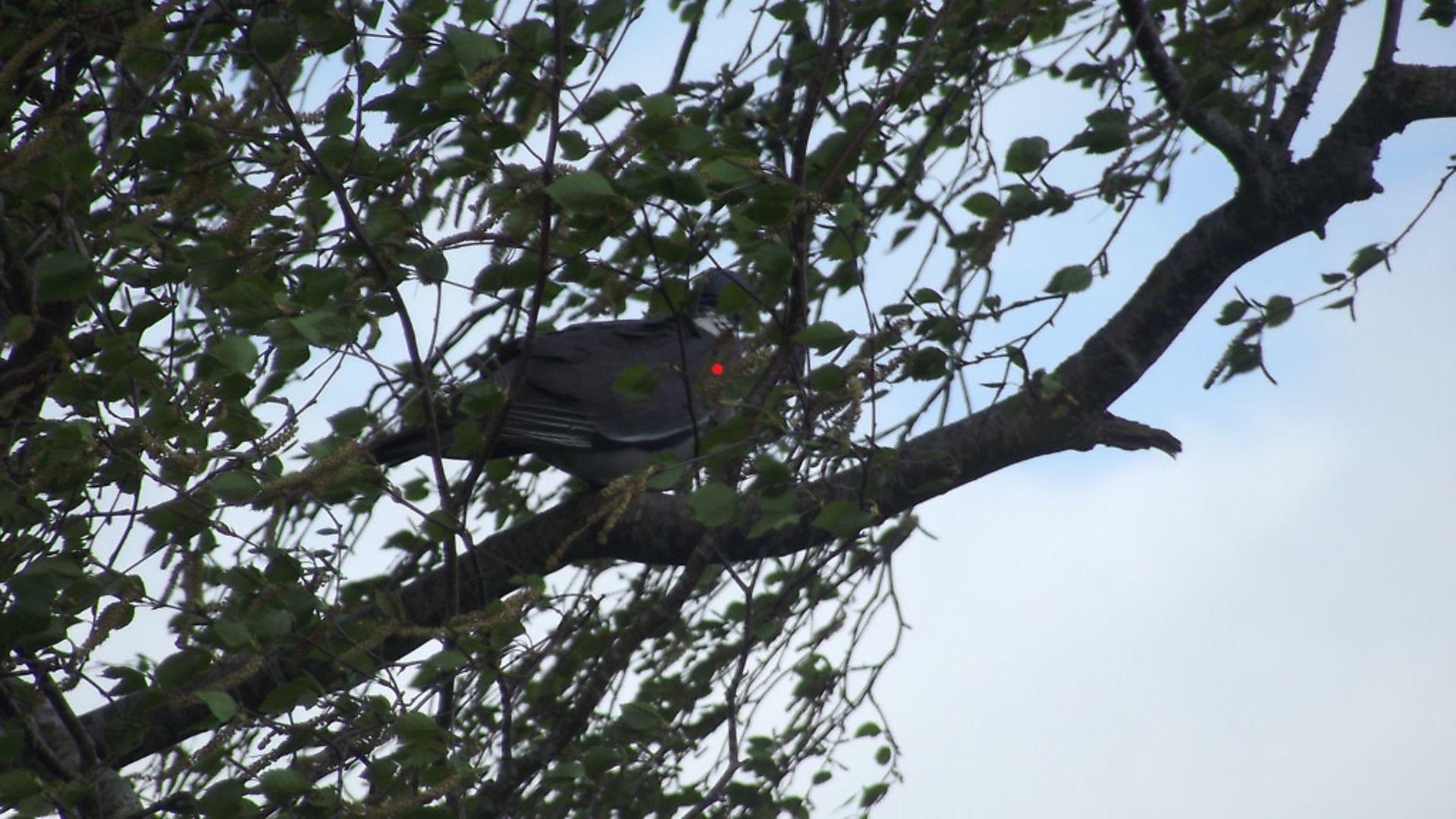 credit: Archant
credit: Archant
Hitting targets that require us to incline our rifles at extreme angles is a skill in itself, and like all skills, the more we understand the science and practicalities behind it, the more proficient we become. Taking on high targets really can place extreme demands on our technique, due to the way these targets affect our bodily geometry, and force our protesting frames into unfamiliar and decidedly uncomfortable stances. The trick is to keep instability out of that mix, because inaccuracy will surely follow. To ensure maximum accuracy, whether our preference is targets or hunting, at some point we will all have to understand the art of shooting up, and indeed of shooting at any angle we might face.
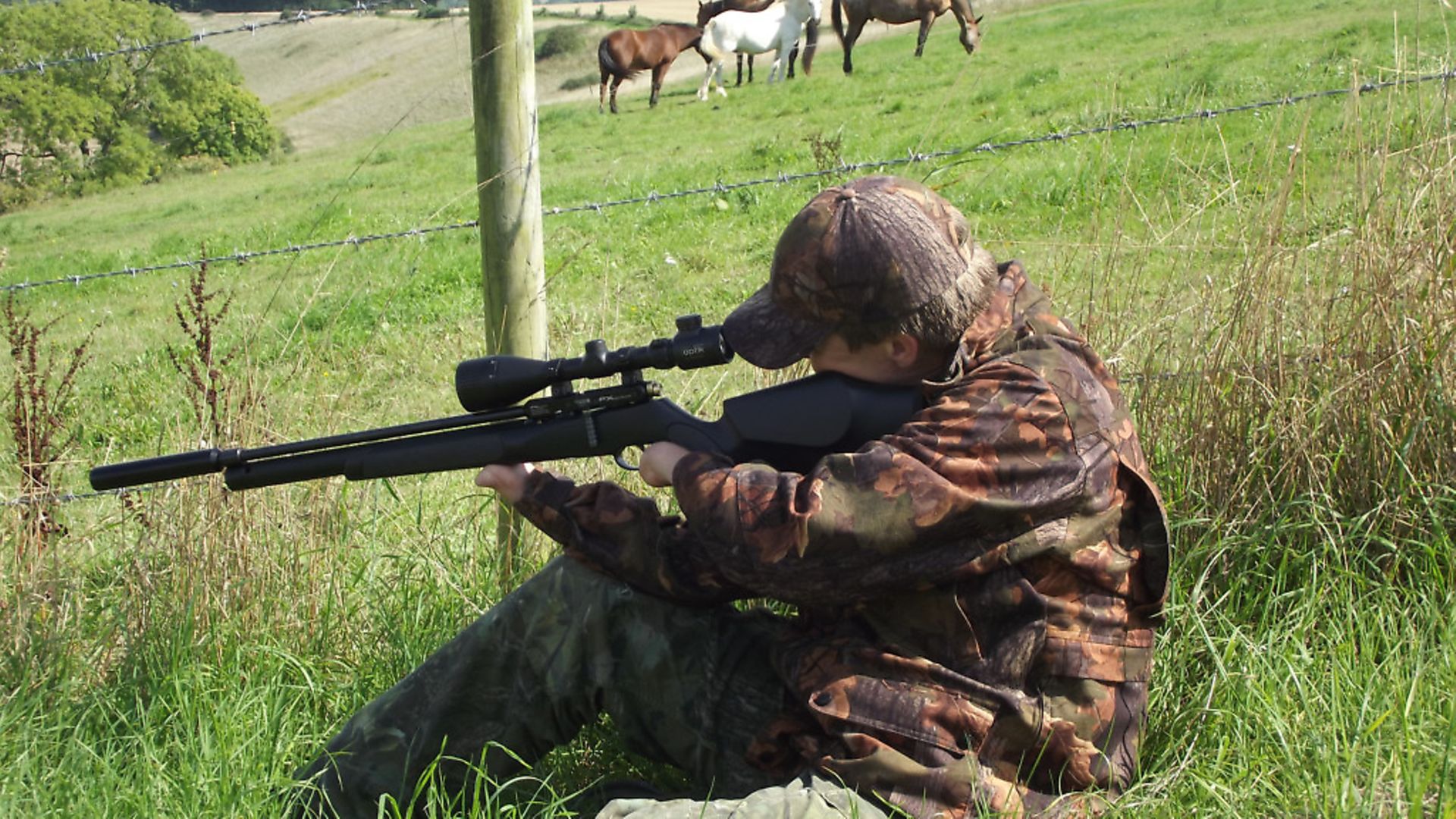 credit: Archant
credit: Archant
REASONS TO BE CHEERFUL
Before we delve into understanding angles of trajectory and how they can be affected by us aiming up or down, I think we should put what I consider to be some negative old-school thinking to rest. In traditional circles of thought, it seems that a grouping of under an inch at out to 30 yards is considered pretty good with a sub-12 ft.lb. airgun, but I think that philosophy has had its day, and now a group of 20mm or under a 20p piece out to 30 yards should be considered base line accuracy. There are three main reasons why I think we should narrow our accuracy expectations for either targets or hunting:
Reason 1: This old-school way of thinking was thought up over 40 years ago. Like many things, airgun and pellet technology has jumped forward in leaps and bounds, and the ability to shoot far more accurately, likewise. I wouldn’t pit a Harrier jump jet against an F 35B Stealth fighter, and in the same way I wouldn’t pit a Relum Tornado against an Air Arms TX200, let alone an Air Arms Ultimate Sporter, Daystate Wolverine or other top-end PCP. Things have moved on technologically and with it so should our expectations of accuracy .
Reason 2: In UK hunter field trials, the smallest kill zone out to 30 yards is 20mm. If you want to knock over the target for two points regularly, then you need to get your groups under 20mm.
Reason 3: Our moral compass and duty to be humane; I can shoot at a crow-sized target out to 70 yards and be relatively confident in hitting it. That said, I can’t guarantee 99% that the shot will be an instant kill. We have a moral duty to ensure we are confident that every shot we take produces no wounding and a clean dispatch on live quarry. One inch simply offers too many chances to wound, missing the brain or heart and leaving a quarry species to suffer.
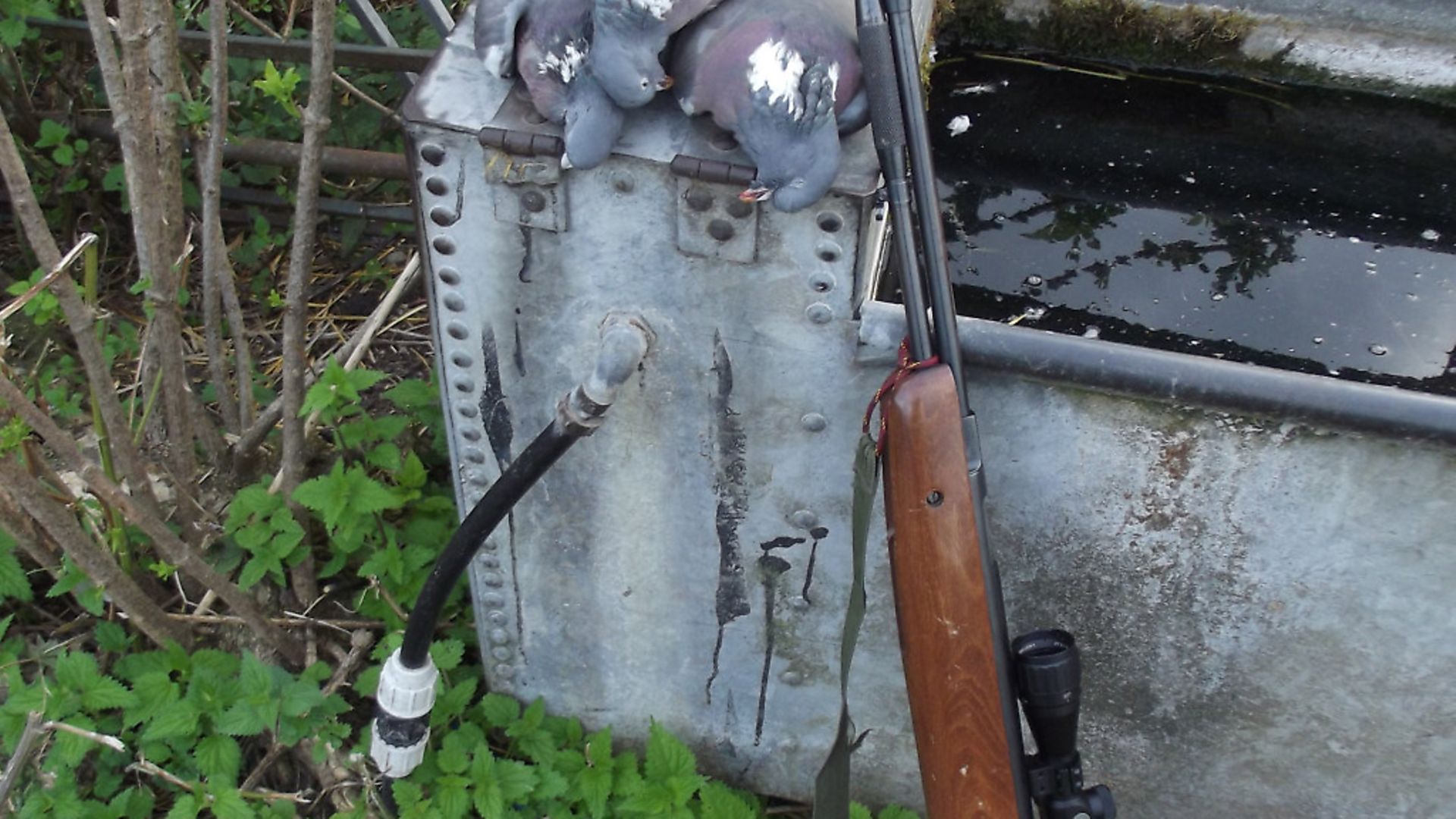 credit: Archant
credit: Archant
CHAIRGUN HELP
So, now we all agree that accuracy should be talked about in 20mm groups, not 25mm, let’s look at what happens when taking shots at either elevated or downward angles. Luckily, Chairgun, a free ballistics software on the Hawke Optics website, takes out an awful lot of the guesswork and can tell us what to expect from our chosen pellet. It takes a bit of filling in, but really helps with aim points. What surprised me when I revisited the Chairgun program today, having had to re-find it buried on an old laptop after years of just using the Chairgun app, was the difference in aim points between .177 and .22 when aiming up or down.
As many of us will know, both calibres have a looped trajectory, but the faster, flatter-travelling .177 has a far less pronounced loop than the larger, heavier .22 pellet. That’s why a .177 rifle is far more forgiving than a .22 if your rangefinding is off. However, both calibres still require us to compensate for the shorter distance travelled along the pellet’s trajectory when shooting up or down.
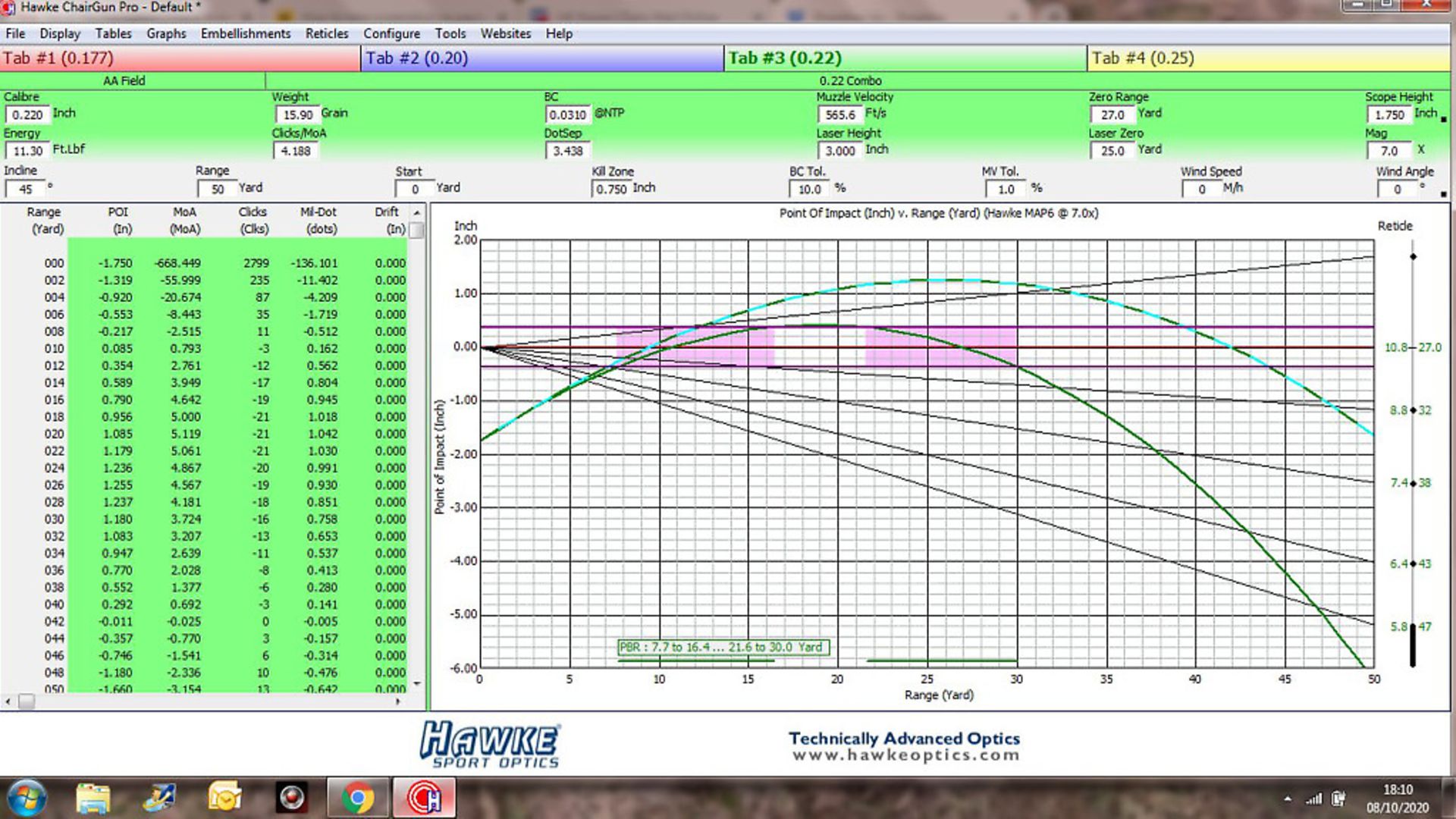 credit: Archant
credit: Archant
STICK WITH IT!
Stick with me on this one – it hurt my one brain cell, as well. It’s not the distance to target in a straight line that changes, but the distance the pellet travels through its trajectory that does.
Assuming that both calibre guns are running at the same 11.3 ft.lbs. power, and the scopes are at the same height and magnification, we can see from Chairgun that the faster, flatter .177 requires us to hold under, or aim above the cross hair, by about just under a mil-dot or three-quarters of an inch/ 20mm, to knock down a 25-yard target angled at a 45 degrees to hit a 20mm kill zone. On the other hand, the chunky monkey .22 requires an adjustment of 1.2 inches hold under or about 1 ¼ mil-dots. At 35 yds the flatter .177 requires around ½ a mil-dot or ½ a mil-dot hold under and surprisingly, the cake-loving, weightier .22 is about the same.
Flip the above round so you are aiming down and we are talking the same amounts of required hold under for each calibre. If we reduce the angle of aim by half, we end up with far less of a difference in hold under at 25 yards, both calibres requiring about 0.2 mil-dots or a quarter of an inch over the cross hairs.
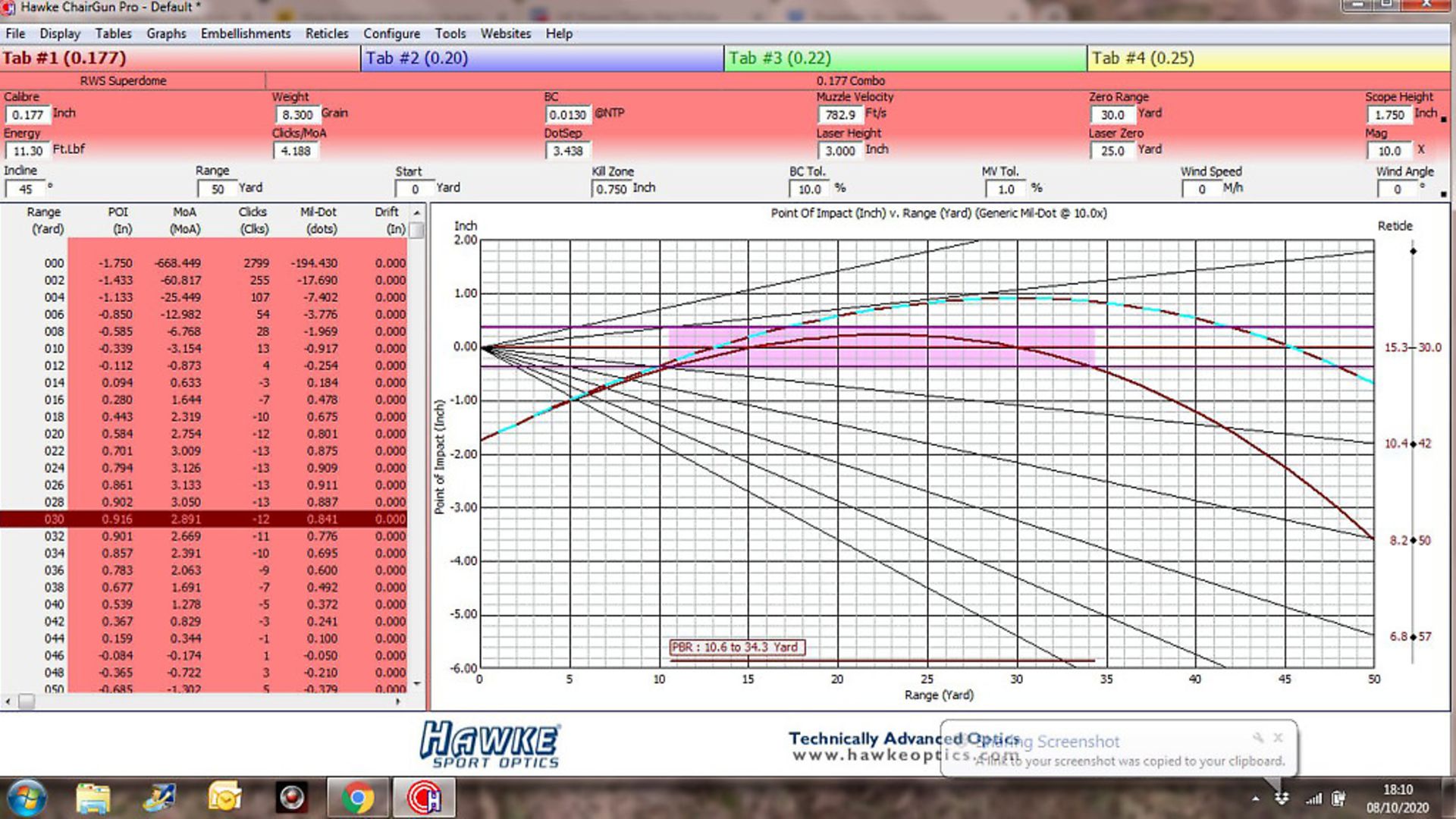 credit: Archant
credit: Archant
UNDERSTAND THE FLIGHT PATH
So, in practical terms, as no one has a protractor stuck under their armpit, if you’re aiming at 85 degrees, almost straight up or down, you will need to aim about two inches under at 25 yards for .177, or a massive 3.5 inches under for .22. At 45 degrees .177 requires just under an inch or one mil-dot,, and .22 1.2 inches or just above a mil-dot. Finally at 27 degrees, both calibres require about the same half mil-dot hold under.
This might be a head spin for some, and it certainly was for me, but by understanding how our pellets perform when the shot requires us to aim up or down, takes a lot of the guesswork out of where to aim and that can only be a good thing, ensuring you nail two-point shots in HFT, and clean kills on prey when aiming up into trees. Now for the final part of the deal.
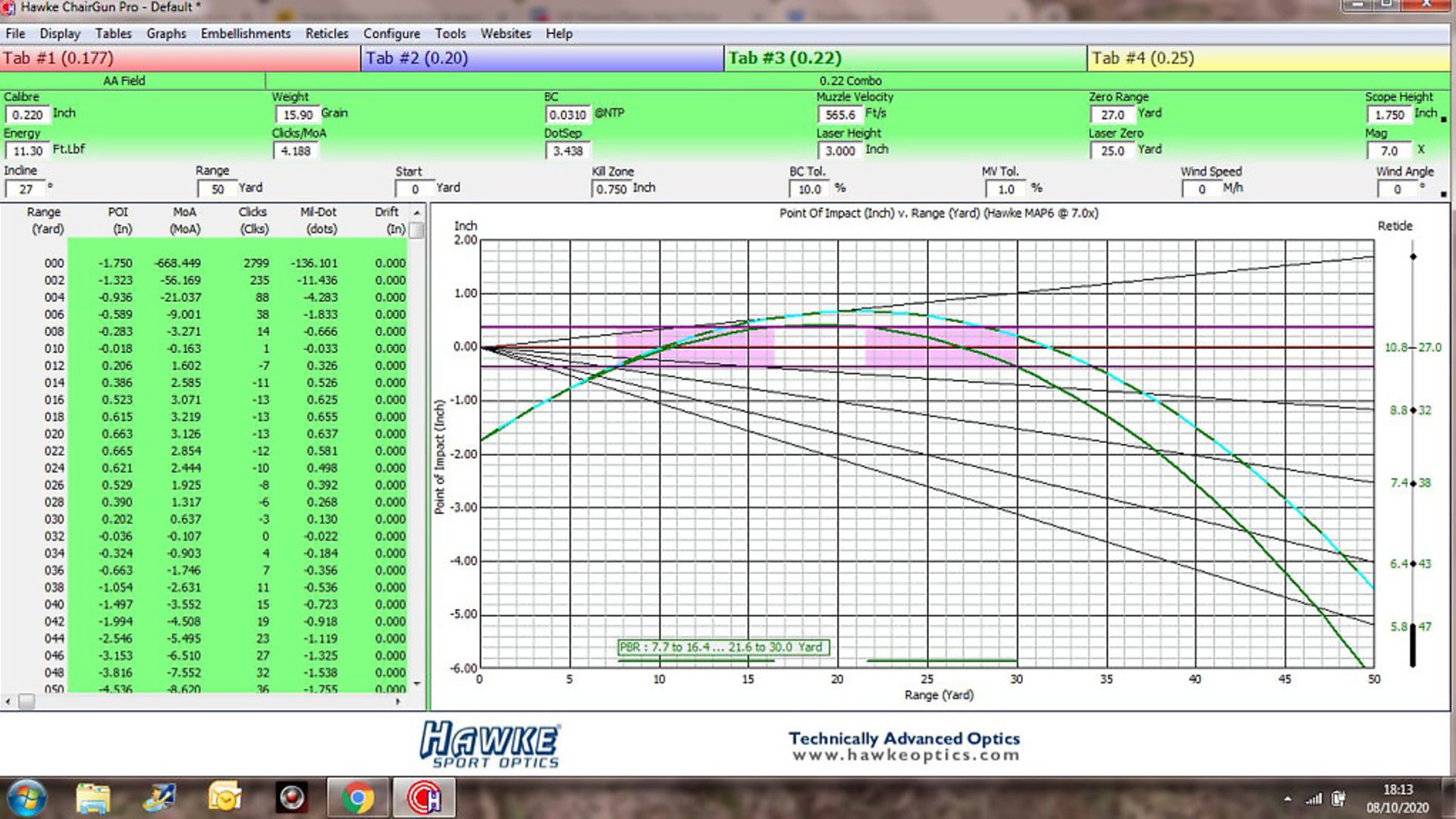 credit: Archant
credit: Archant
ANGLE AFFECTS STANCE
It’s absolutely vital that you train yourself into developing the most stable, consistent and effective stance possible when shooting at extreme angles. Taking on high targets literally takes us out of our comfort zones, as far as stance is concerned, and protesting muscles soon lead to a less-than-stable hold. You need to bring familiarity into the equation through repetition.
I promise, practising shooting at different angles when you’re out in the field and understanding your pellet’s flight path will make you a far more proficient shot, and place more silverware in your cupboard or dinner in your bag.
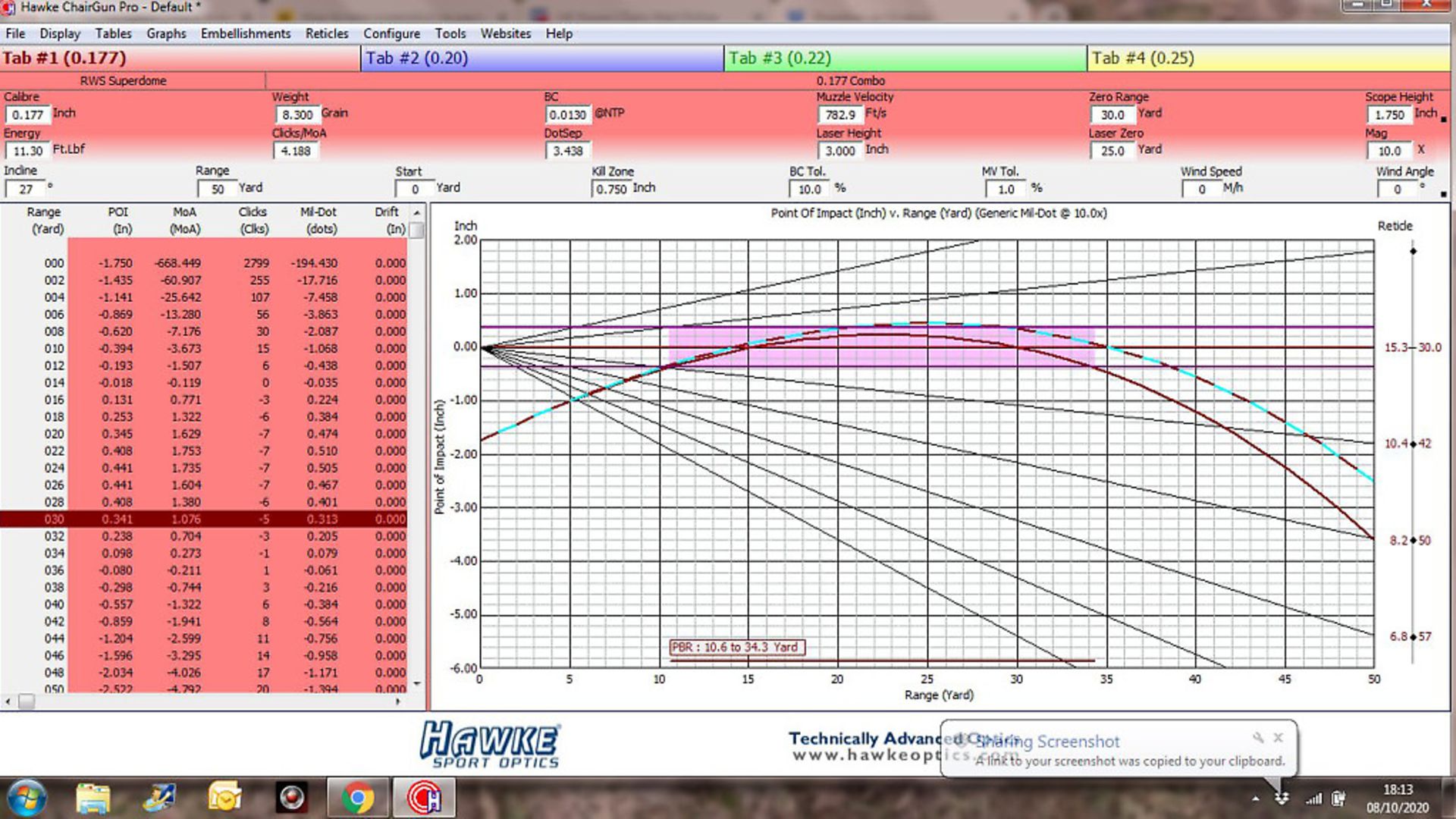 credit: Archant
credit: Archant
 credit: Archant
credit: Archant
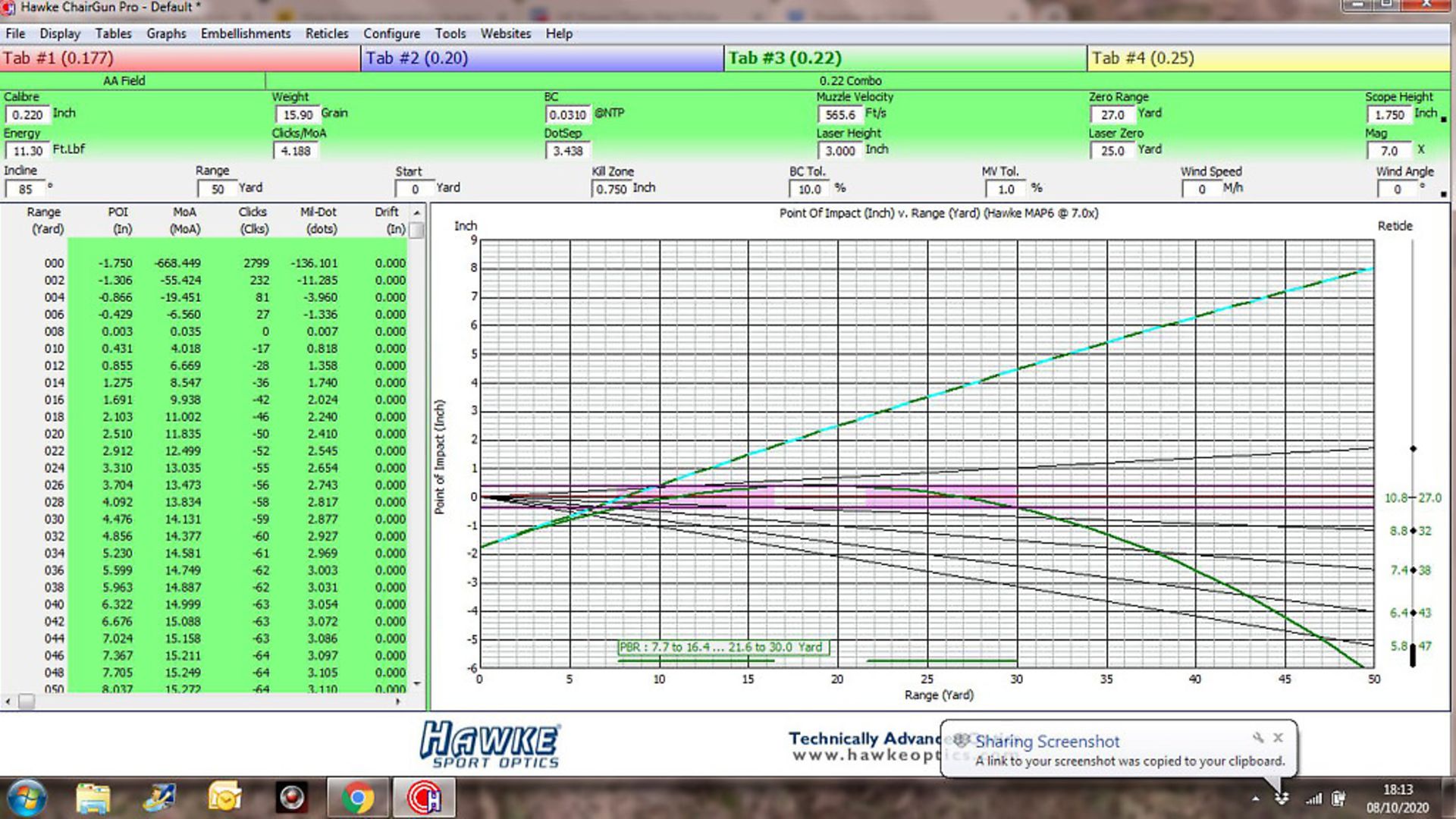 credit: Archant
credit: Archant
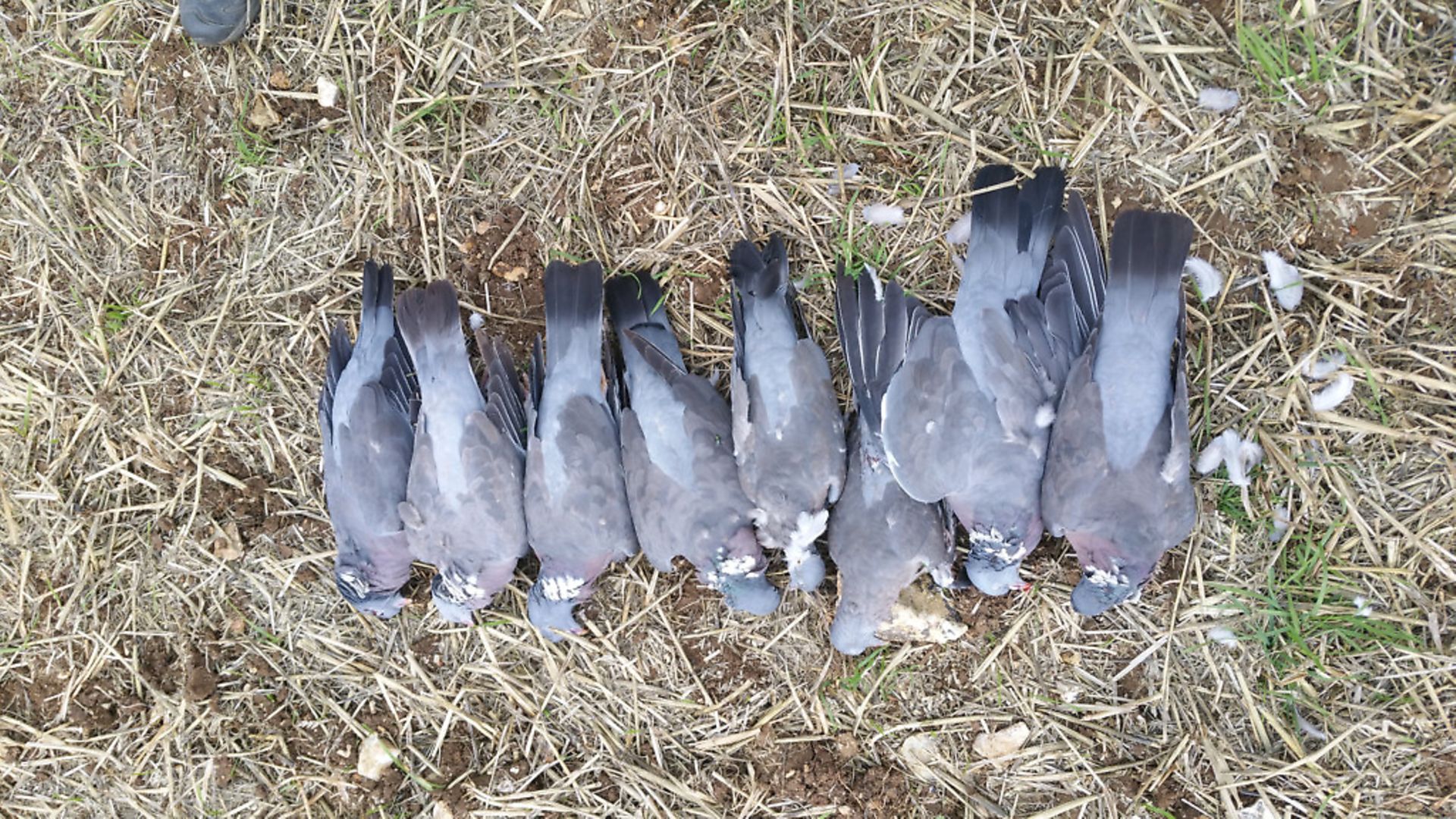 credit: Archant
credit: Archant